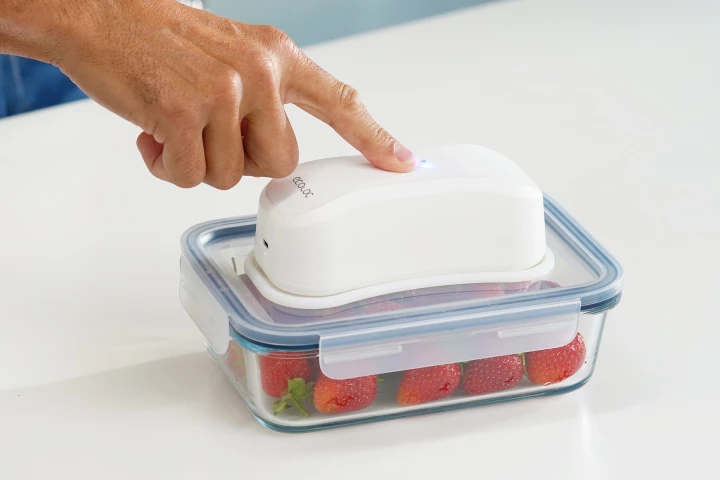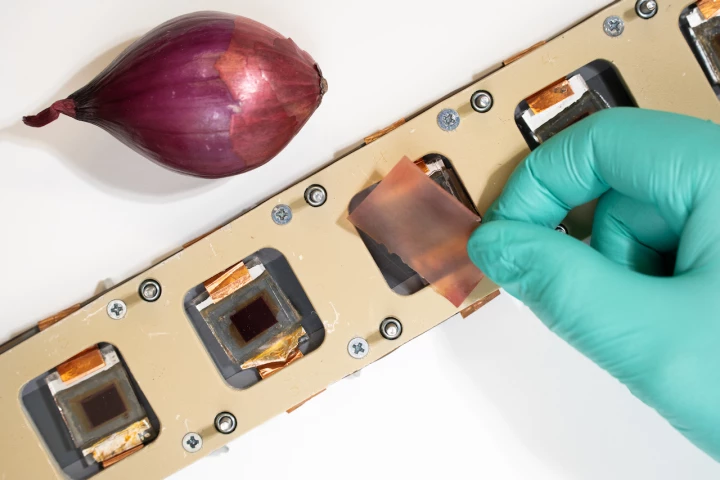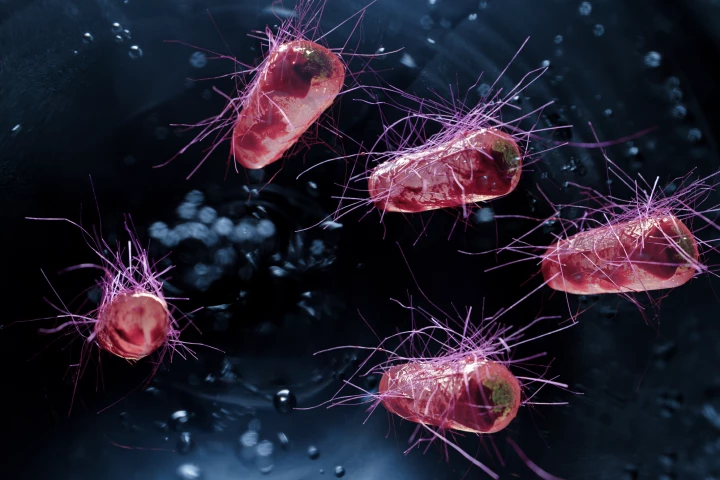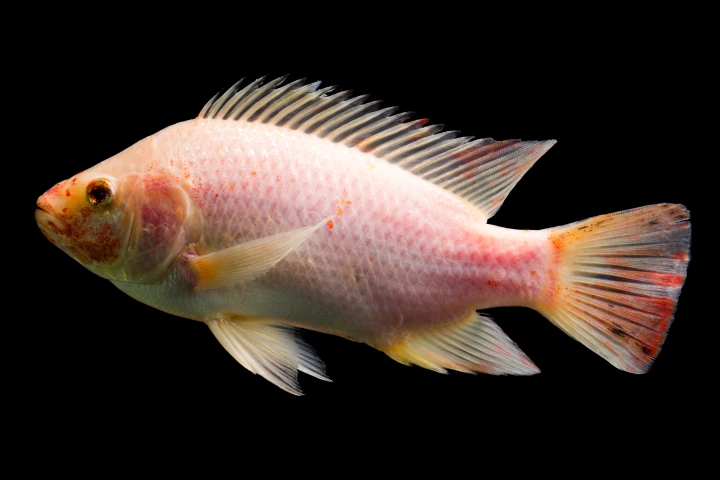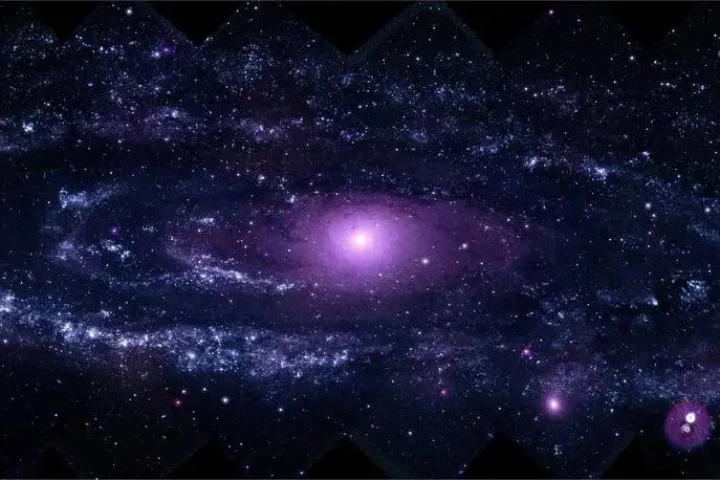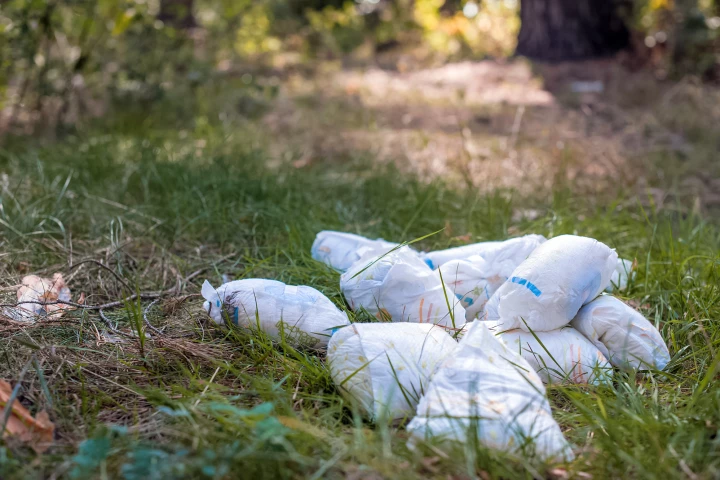Ultraviolet
-
While 3D printing is a burgeoning technology, it's limited by the fact that items can only be printed from a single material. A new system still uses just one print resin, but that substance can form into two different solid materials as needed.
-
Ultraviolet light is well-known for its ability to kill germs, including ones that cause food to spoil. And while there doesn't tend to be any food-preserving UV light in our refrigerators, a new consumer device is out to change that.
-
Solar cells are subjected to a lot of harmful ultraviolet light, as they're typically placed for maximum sunlight exposure. A new eco-friendly coating could help protect them from those UV rays, and its active ingredient is extracted from onion skin.
-
Astronomers have watched a supermassive black hole take two bites of a star, and predicted when it might go back for a third. If it does, this should make for an intriguing stellar light show.
-
It's ironic that in places where drinking water needs to be checked for microbes the most, labs that can perform the analysis are least likely to be present. A new "lensless" device could help, as it uses light to detect harmful microorganisms.
-
A pigment molecule in cephalopod skin has had its antioxidant and sun-protection properties harnessed, inspiring the first ultra-protective, skin-restorative and environmentally safe sunscreen of its kind. And it could revolutionize the skincare world.
-
Scientists have devised a method of using fish scales to convey encrypted messages. Not only would the technology divert seafood industry waste from landfills, it should also be less costly than existing options such as special inks.
-
NASA has officially selected a new mission – the Ultraviolet Explorer, or UVEX. By scanning the skies in UV light, it will be able to study the hottest objects and fleeting events like supernovae, and create a detailed new map of the cosmos.
-
It’s easy to forget that most animals don’t see the world the way humans do. In fact, many perceive colors that are invisible to us. But now, for the first time, scientists have found a way to capture footage as seen by animals, and it's mesmerizing.
-
Disposable diapers are a huge source of global waste, largely because they're difficult to recycle. A new process, however, could salvage the "superabsorber" polymer utilized in the liners of those diapers – and yes, even if they're soiled.
-
In order to smuggle illegal drugs into prisons, people are now soaking materials like paper and fabric in such drugs, letting the materials dry, then passing them along to inmates. A new portable device, however, sees through that ruse.
-
When Captain Kirk stepped out with a tricorder in hand in Star Trek in 1966, the data sensing, scanning and analyzing gadget seemed a rather useful but far-in-the-future piece of technology. With the Swift Ray 1, we're a step closer to its reality.
Load More

